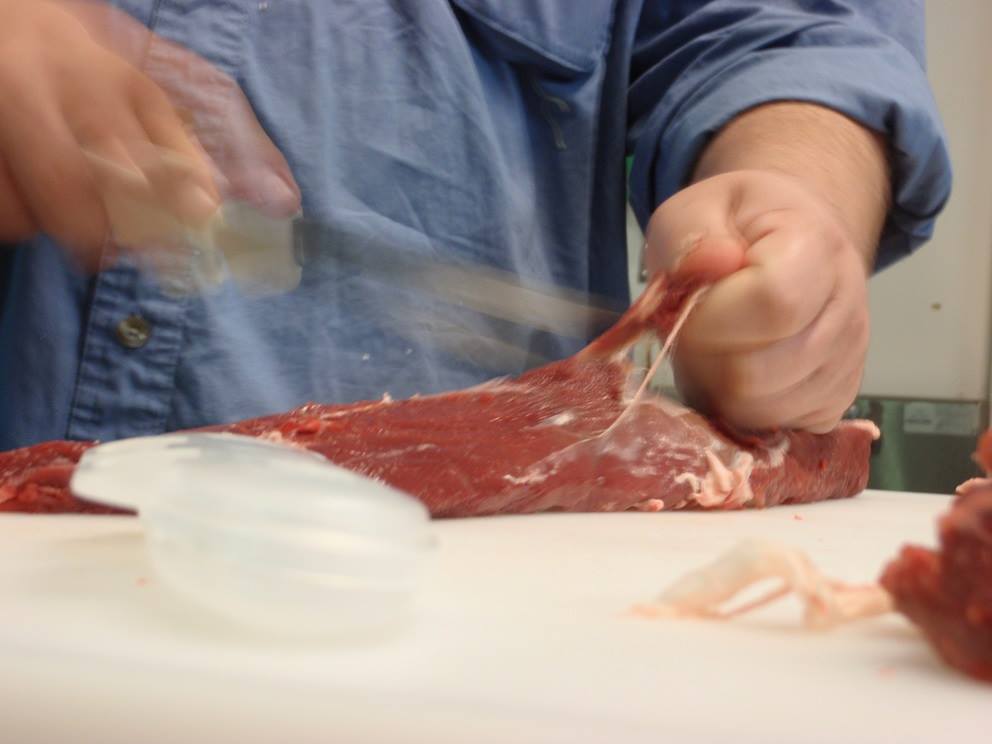TPW Magazine: After the Gulf Oil Spill
Tuesday, November 30th, 2010This is Passport to Texas
The December issue of Texas Parks and Wildlife magazine looks at the future of the Gulf of Mexico, post oil spill. Editor Louie Bond.
In December we have something totally different. We’re going to take along, hard look the effects of the BP oil spill. I think a lot of Texans are wondering exactly what impact it will have on Texas.
Obviously, we don’t have oil on the beaches. We participated in the rescue of oiled birds, and the release of oiled birds, which was a wonderful good news story that came out of this spill.
Everyone wonders: what’s the long-term impact on our fishing industry, on our birds who are residents here and those who migrate and use our beaches and marshes? The impact is yet to be seen—so we’ve asked the leading scientists, both within our agency and outside the agency [to make predictions].
Two of our top writers, Wendee Holtcamp and Melissa Gaskill actually took a trip along the entire gulf coast to talk to people who had actually experience the spill and to see for themselves what was going on. So, we have an in-depth look with two feature stories and a Scout article, all exploring the impact on the Texas Coast.
We hope our readers will take time this winter to learn for themselves what the scientists are forecasting.
That’s our show for today… with support from the Sport Fish and Wildlife Restoration Program… working to increase fishing, hunting, shooting and boating in Texas.
For Texas Parks and Wildlife…I’m Cecilia Nasti



 Passport to Texas is a
Passport to Texas is a  Passport to Texas is made available by:
Passport to Texas is made available by: